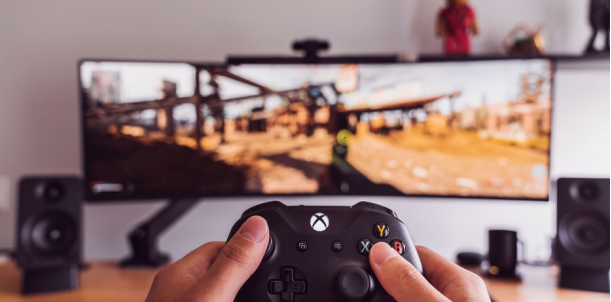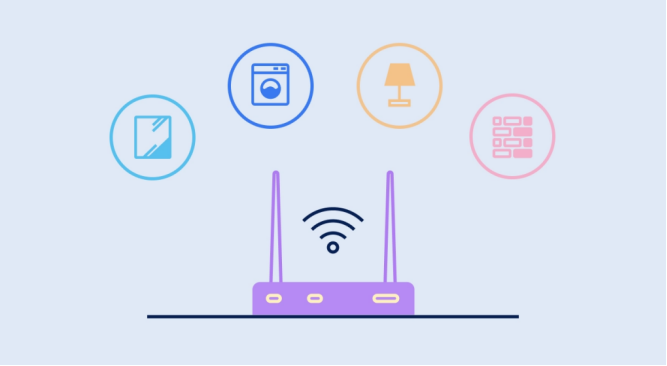How to Choose the Perfect Gaming Monitor for Your Needs
Are you in the market for a new gaming monitor? If so, you may be feeling overwhelmed by all of the choices available. Don't worry – we're here to help! In this blog post, we will discuss some factors to consider when choosing a gaming monitor. So, read on to learn more!

Tips for Choosing a Gaming Monitor
There are a few things to think about when selecting a gaming monitor.
Resolution
When choosing a gaming monitor, one of the most important factors to consider is resolution. Resolution refers to the number of pixels that make up the image on your screen. The higher the resolution, the sharper and more detailed the image will be. Generally speaking, you'll want to choose a resolution that's at least 1080p (1920 x 1080). However, if you have a powerful graphics card and want to take advantage of it, you may want to opt for a 1440p (2560 x 1440) or even an Ultra HD (3840 x 2016) monitor.
Refresh Rate
Another important factor to consider is refresh rate. Refresh rate refers to the number of times per second that your monitor refreshes the image on your screen. A higher refresh rate means that the image on your screen will be smoother and more realistic. For gaming, you'll want to look for a monitor with a refresh rate of at least 144 Hz.
Response Time
Response time is the amount of time it takes for a pixel to change colors. A lower response time means that the image on your screen will be smoother and there will be less ghosting or blurring. For gaming, you'll want to look for a monitor with a response time of at least 14 milliseconds (ms).
Aspect Ratio
The aspect ratio is the ratio of the width to the height of your screen. The most common aspect ratios are 16:09 and 21:09. For gaming, you'll want to choose an aspect ratio that matches your field of view (FOV). If you have a narrow FOV, you may want to opt for a 16:09 aspect ratio. If you have a wider FOV, you may want to opt for a 21:09 aspect ratio.

Panel Types
There are three main types of panels used in monitors: TN, IPS, and VA. TN (Twisted Nematic) panels are the most common type of panel used in gaming monitors. They have a fast response time and low input lag, making them ideal for gaming. However, they often have poorer color reproduction than other types of panels. IPS (In-Plane Switching) panels have better color reproduction than TN panels but often have higher input lag. VA (Vertical Alignment) panels have the best color reproduction but often have the highest input lag.
Build Quality
When choosing a gaming monitor, you'll also want to consider the build quality. After all, you don't want to spend your hard-earned money on a monitor that's going to break after a few months of use! Look for monitors with solid construction and robust stands. You should also make sure that the monitor has plenty of input/output ports so that you can connect all of your gaming peripherals.
Price
Of course, price is always a factor to consider when choosing any type of product. With gaming monitors, you'll find that you get what you pay for. The more expensive models will generally have better features and build quality than the cheaper models. However, that doesn't mean that you have to spend a fortune to get a good gaming monitor.
Conclusion
Now that you know some of the factors to consider when choosing a gaming monitor, it's time to start shopping around! Be sure to keep the tips from this article in mind as you narrow down your choices. And don't forget to take your budget into account!






